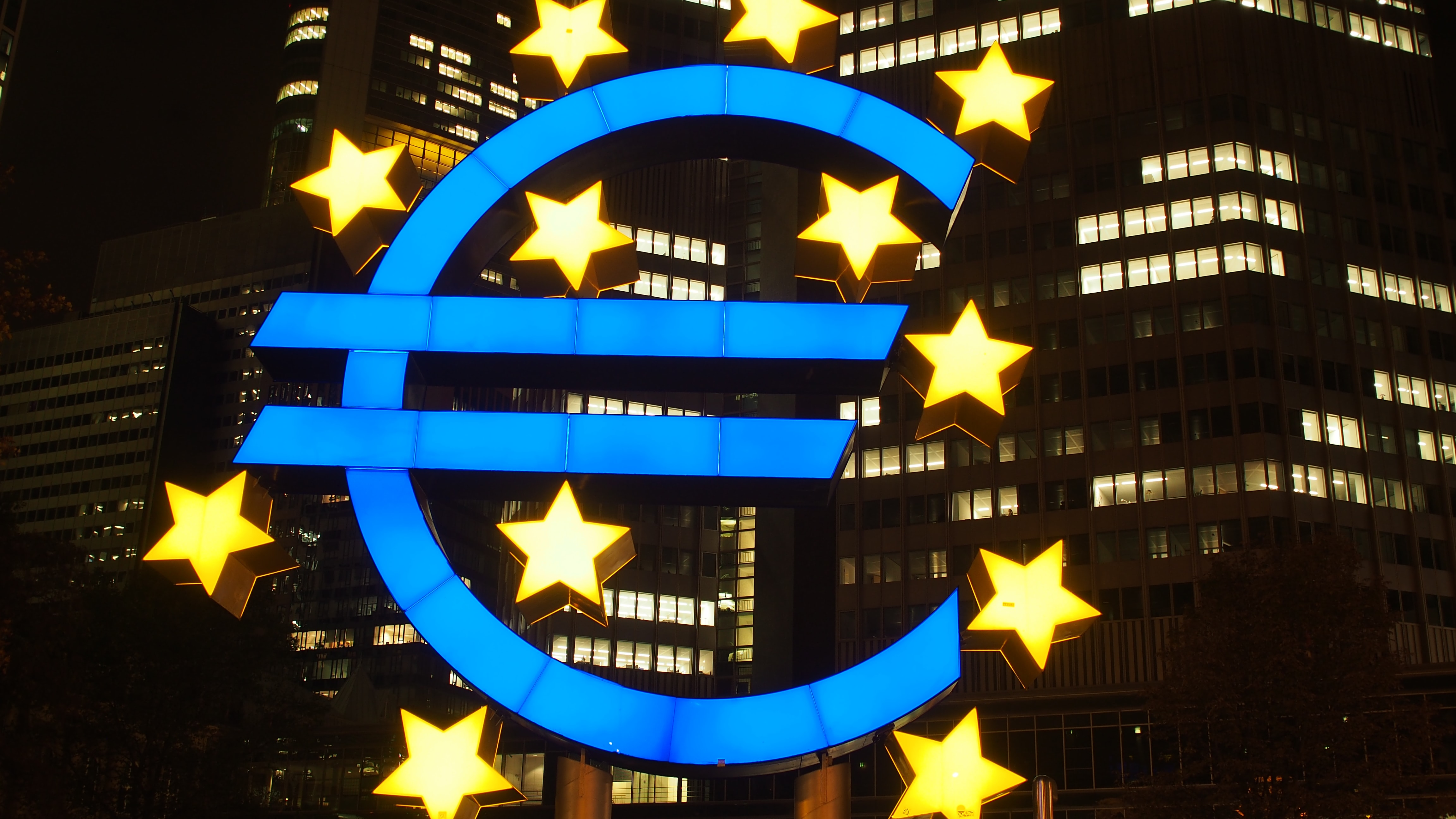
403
Sorry!!
Error! We're sorry, but the page you were looking for doesn't exist.
ECB officials call for another rate cut amid signs of falling inflation
(MENAFN) With inflationary pressures in the eurozone expected to ease, officials from the European Central Bank (ECB) are preparing to advocate for another reduction in interest rates next month. As nine members of the ECB’s Governing Council gather at the Federal Reserve's annual meeting in Jackson Hole, several are already supporting further monetary easing during the upcoming meeting on September 12. Economists predict that inflation will decline to 2.2 percent in August, following a disappointing 2.6 percent in July. This optimistic forecast includes a long-awaited decrease in core price pressures, which have remained steady at 2.9 percent over the past three months. Financial markets are increasingly anticipating another quarter-point rate cut, with a 60 percent likelihood of an additional cut later in the year, which would bring the ECB’s deposit rate down to 3 percent.
The prevailing expectation among economists is that the ECB will continue reducing its deposit rate by a quarter-point every three months until the end of 2025, concluding its monetary easing cycle earlier than previously anticipated. This projection aligns with the belief that inflation in the eurozone could edge closer to the ECB’s 2 percent target by the end of August. However, persistent underlying price pressures and rising service costs will likely keep policymakers cautious, leading them to adopt a gradual, measured approach to rate cuts moving forward. Despite the promising outlook for inflation, the ECB remains committed to assessing the broader economic context, including the interplay between wages, productivity, and corporate profits, before making any decisions.
The ECB’s cautious stance is further influenced by recent data, which, although showing some positive signs, also presents challenges. While productivity figures have been underwhelming, a significant development last week came in the form of a marked slowdown in negotiated wage growth, which dropped to 3.6 percent in the second quarter from 4.7 percent previously. Martins Kazaks, the head of Latvia’s central bank and a noted hawk, expressed his openness to discussing another rate cut in September, citing current data trends. He emphasized that even if inflation remains relatively stable in the coming months, the conditions would support continued interest rate reductions. Kazaks also highlighted the preference for a gradual approach to cutting rates from the current perspective. Adding to this momentum, Federal Reserve Chairman Jerome Powell hinted at a similar direction for the United States, suggesting that it was “time” to reduce borrowing costs, reinforcing expectations that the Federal Reserve will also lower its benchmark interest rate in the near future.
The prevailing expectation among economists is that the ECB will continue reducing its deposit rate by a quarter-point every three months until the end of 2025, concluding its monetary easing cycle earlier than previously anticipated. This projection aligns with the belief that inflation in the eurozone could edge closer to the ECB’s 2 percent target by the end of August. However, persistent underlying price pressures and rising service costs will likely keep policymakers cautious, leading them to adopt a gradual, measured approach to rate cuts moving forward. Despite the promising outlook for inflation, the ECB remains committed to assessing the broader economic context, including the interplay between wages, productivity, and corporate profits, before making any decisions.
The ECB’s cautious stance is further influenced by recent data, which, although showing some positive signs, also presents challenges. While productivity figures have been underwhelming, a significant development last week came in the form of a marked slowdown in negotiated wage growth, which dropped to 3.6 percent in the second quarter from 4.7 percent previously. Martins Kazaks, the head of Latvia’s central bank and a noted hawk, expressed his openness to discussing another rate cut in September, citing current data trends. He emphasized that even if inflation remains relatively stable in the coming months, the conditions would support continued interest rate reductions. Kazaks also highlighted the preference for a gradual approach to cutting rates from the current perspective. Adding to this momentum, Federal Reserve Chairman Jerome Powell hinted at a similar direction for the United States, suggesting that it was “time” to reduce borrowing costs, reinforcing expectations that the Federal Reserve will also lower its benchmark interest rate in the near future.

Legal Disclaimer:
MENAFN provides the
information “as is” without warranty of any kind. We do not accept
any responsibility or liability for the accuracy, content, images,
videos, licenses, completeness, legality, or reliability of the information
contained in this article. If you have any complaints or copyright
issues related to this article, kindly contact the provider above.


















Comments
No comment